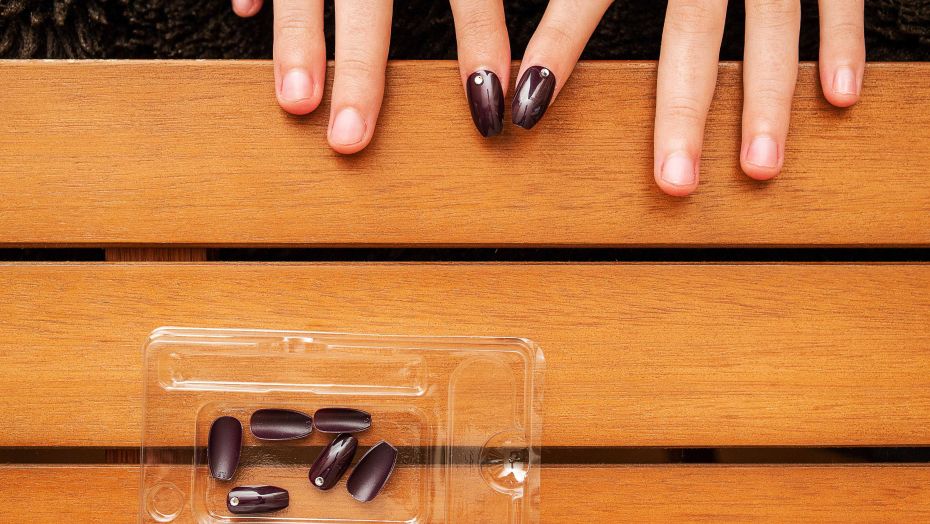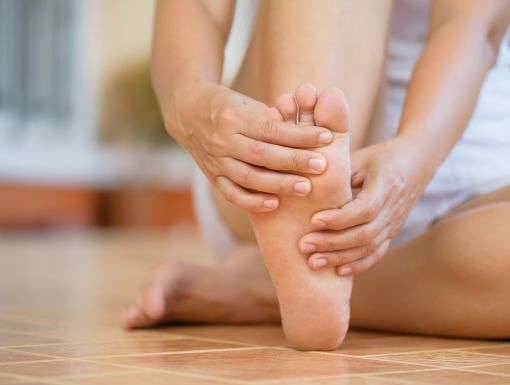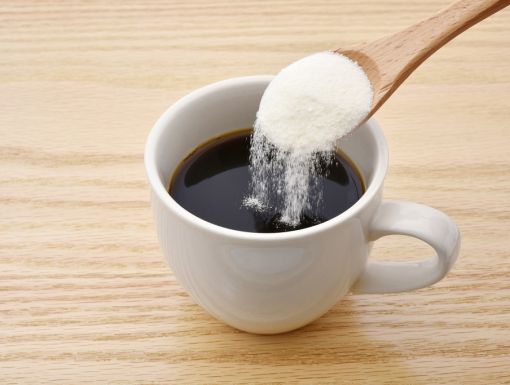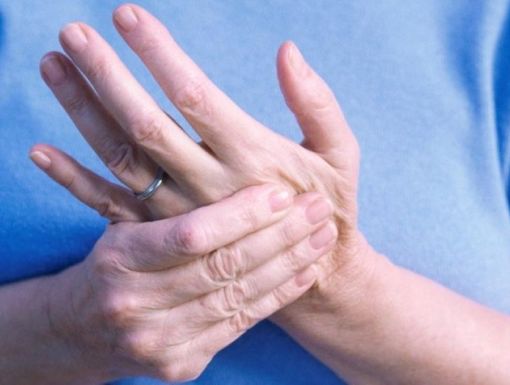
Are Press-On Nails Safe? 4 Things To Know
An anthropologist might tell you that humans have fingernails as part of an evolutionary adaptation to enhance fine motor movements such as separating pages in a book or picking up small items.
A fashion-conscious person, on the other hand, might say nails at the tips of our fingers provide a canvas to express beauty, style and creativity.
Both would likely agree, however, that the practice of enhancing the appearance of nails is a major trend in the beauty industry. Consumer reports indicate that artificial nails of the press-on variety are surpassing traditional nail polish sales for the first time ever.
Searches for “press-on nails” on social media and video sharing platforms have skyrocketed over the past few years.
This fixation over the embellishment of fingertips points to a health care question: Are press-on nails harmful to your nail bed?
How long do press-on nails usually last?
Press on nails have been around for decades, dating back to the days of the K&B Drug store chain. However, they’ve come a long way since the 1970s and 1980s.
Modern press-on nails are made with higher quality plastics and adhesives than the ones of the past. They are relatively inexpensive, easy to use and come in a variety of shapes, colors and sizes.
You simply put the false nail over the nail bed, attach it with adhesive or tape, hold it down for about 10 seconds and you’ve got nails.
If properly affixed, you can safely wear the fake press-on nails on average of a week.
Do press-on nails damage your nails?
Press-on nails can help make your fingers look long and slender, but they can also be hard on your nails.
Covering brittle, soft or damaged nails with glue, plastic or chemicals for an extended period of time can worsen existing nail problems, causing your nails to break. The adhesives used to attach the nails can lead to skin reactions, especially if you have sensitive skin.
Another potential issue would be that if these press-ons are left on longer than the intended length or if water seeps in between the surfaces, infections can develop.
Are press-on nails safer than acrylic nails?
Press-on nails should not be confused with other forms of fake nails, such as acrylic nails, which are applied at salons and are more durable and longer lasting. They’re also more expensive and involve use of stronger chemicals that can damage your natural nails.
With acrylics, liquid monomer and a powder polymer are mixed to form a paste that is bonded to the natural nail. A technician then uses a brush to shape the material onto the natural nail to the desired length.
According to the American Association of Dermatology, the surface of your natural nails is often filed to get the acrylic nails to adhere. This can thin the natural nails and make them weaker.
In addition, the skin around the nails can be irritated by chemicals in the products used in the application process. Removing acrylic nails, which often involves soaking fingertips in acetone, can also be harsh, especially if you have sensitive skin.
Should you use press-on nails?
Most experts recommend that if you choose to do press-on nails, save it for special occasions. If you notice pain, redness or nail discoloration, consult your dermatologist for an evaluation and treatment.
Learn more about dermatology care at Ochsner.



